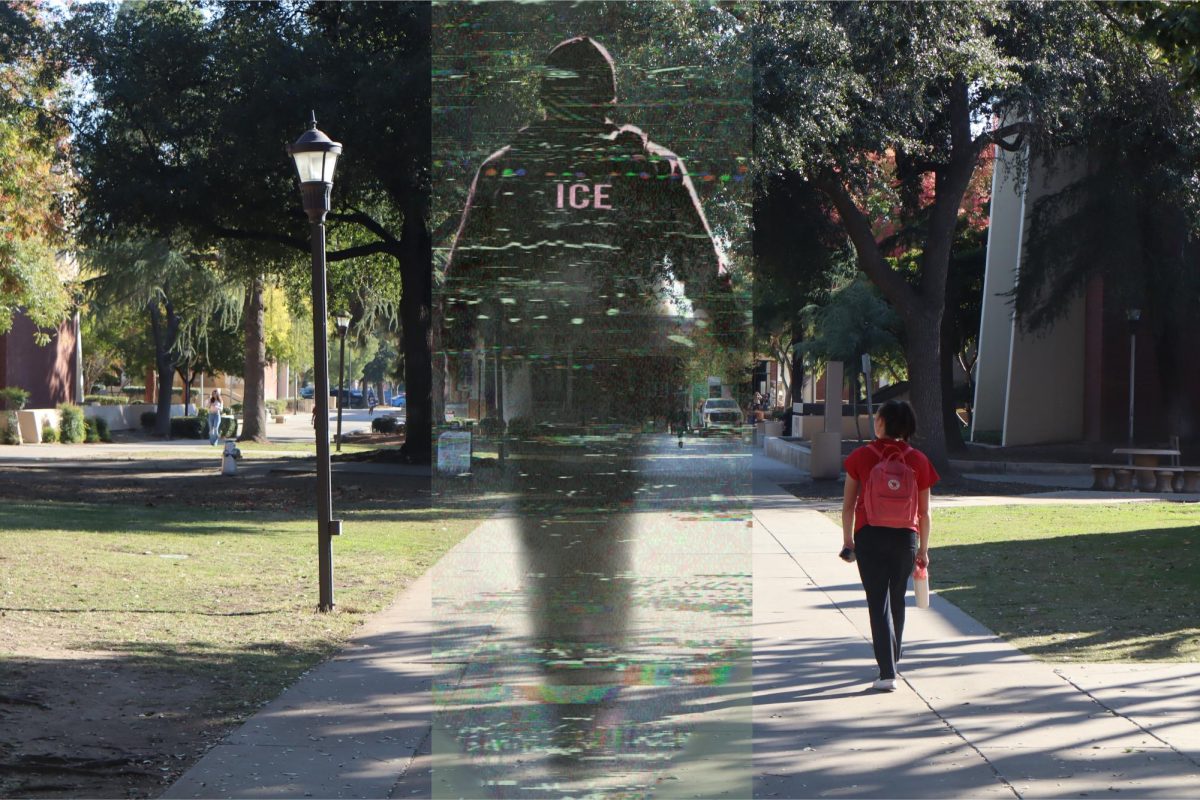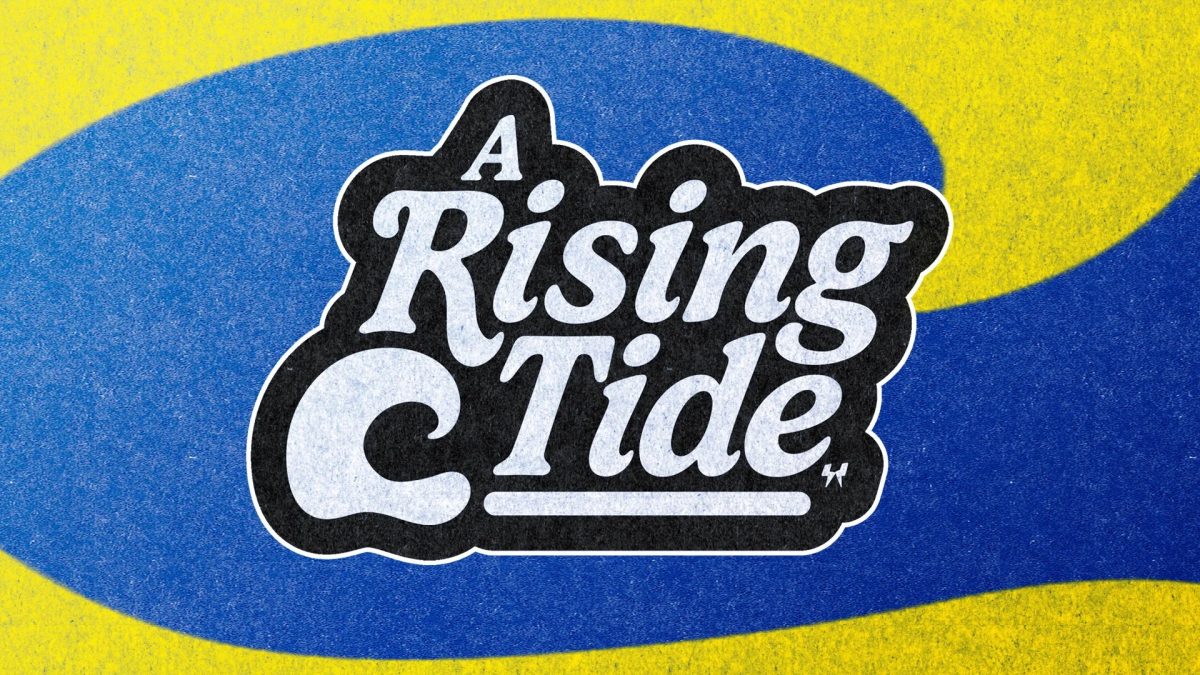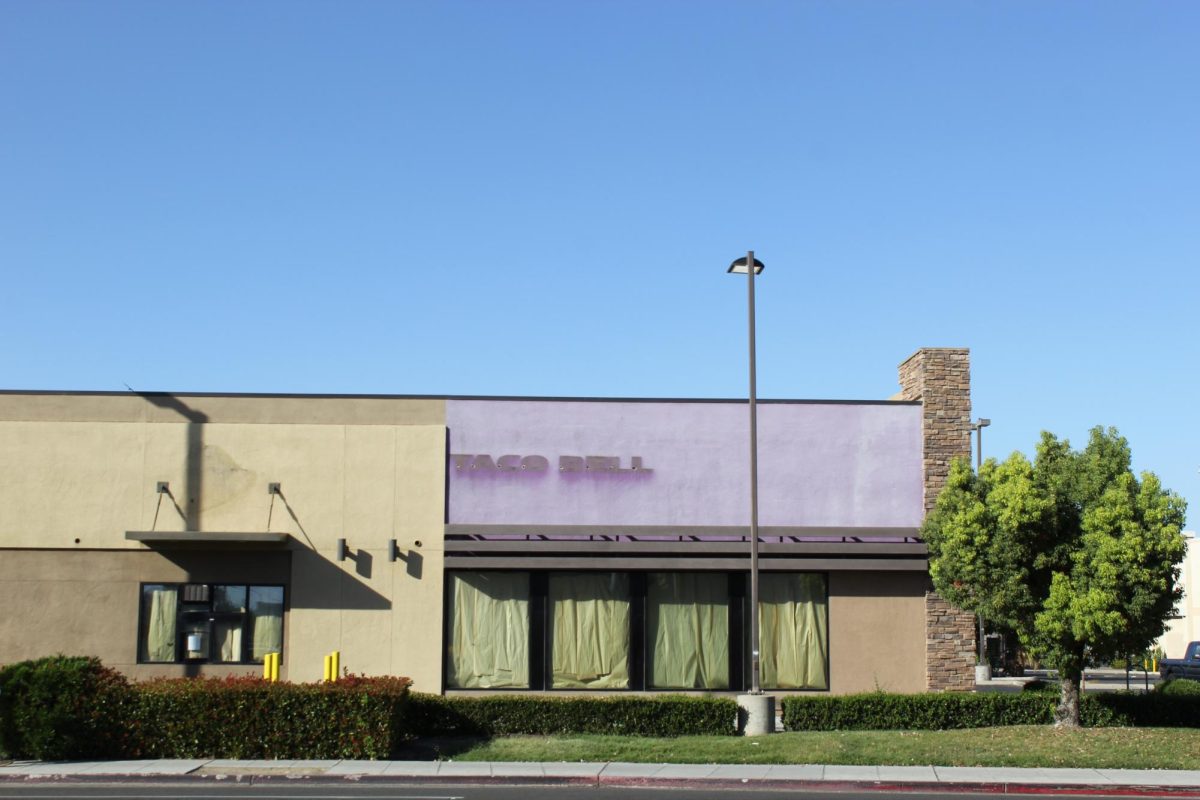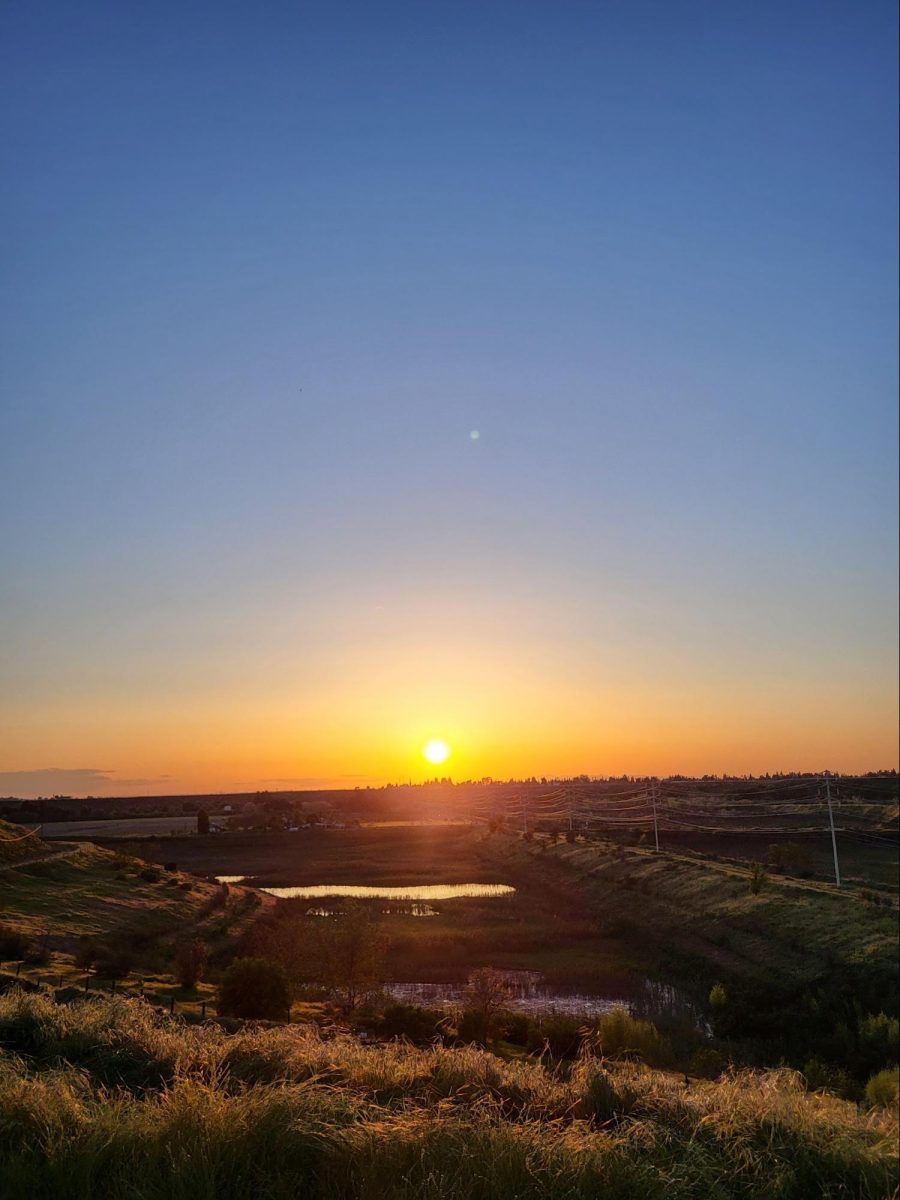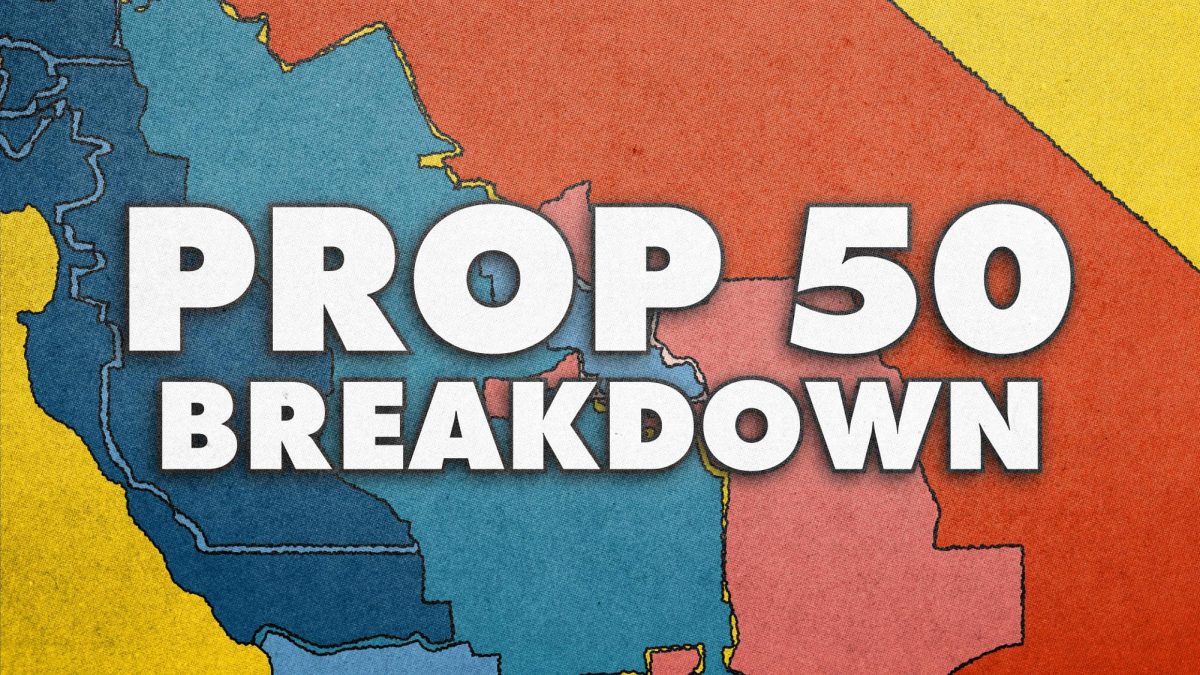On Monday, Nov. 18, CalMatters College Journalism Network held a panel via Zoom where experts and college students discussed data journalism and the different tools to present data for their readers.
Data journalism at CalMatters involves asking questions, using data sets and other tools to tell a story according to CalMatters data journalist Erica Yee.
Yee also spoke about the principles and philosophy applied to CalMatters’ work in data journalism, such as being transparent about their sources and methodology.
Look-Up Tool
During her internship with CalMatters last year, Arfa Momin collaborated with environmental justice reporter Alejandra Reyes-Velarde on a project about heat, population, and housing in California.
“From the start, the environment editor told us that good environment stories are always rooted in data, so it’s very obvious for this story to be a data story,” Momin said.
Momin used an example of Californians moving inland away from the coast, where temperatures are high and on the rise.
She said this observation raised questions about whether there were enough resources to accommodate the new additions of people.
To display the change to the environment, Momin said the data needed to express heat and point to specific areas facing temperature increases, which required original data analysis.
Momin’s and Reyes-Velarde’s approach was to examine more than 8,000 census tracts from California for heat trends projected upwards to the 2050s and patterns for population growth.
Initially, Momin tried using a map to represent the data she collected but realized the data appeared too cluttered in that format.
This issue led Momin to create a look-up tool that allowed people to enter their address and receive specific data relating to their area.
Mapping It Out
June Hsu is a college student who presented at the panel. The maps she created for Politico Pro covered the anniversary of the Dobbs Supreme Court decision that overturned Roe v. Wade.
Politico Pro is a website meant to help people who work in public policy. As an organization, they provide news stories that update on changes in government, policy, and law.
The maps Hsu worked on were an overview of the United States on the anniversary of the Dobbs decision, highlighting nationwide changes across the states over time, rather than individual counties.
Her data tool displayed which states kept access to abortion legal or allowed abortion in early stages of pregnancy. Another map displayed the states that appeared to have stricter laws across the country after the Dobbs decision.
During a summer program with Politico, Hsu was paired with a data team.
According to Hsu’s LinkedIn, her role under Politico was as a “Journalism Institute Participant.”
Hsu said she chose to not use red and blue colors to prevent misinterpreting the data as party signaling.
“I didn’t really think about the fact that data reporting is just like journalism,” Hsu said. “You have to make the titles and subtitles a story in itself, and you have to give them the answers without them needing to dissect the data.”
Charts
Charts are another tool used by data journalists to take complex information and represent it in a more digestible manner for people.
Jeremy Garza, a student from Cal Poly San Luis Obispo and a reporter on The Hill, explained how his university is trying to become a “Hispanic Serving Institution.”
Garza, who had been covering Hispanic Serving Institutions, said he wanted to look at the data to see any changes in Cal Poly’s progress over time and how it compares to other institutions in California.
Such institutions are able to receive grants that go towards supporting Hispanic Serving Institutions if the university has 25% Hispanic and Latino students enrolled and a certain number of Pell Grant eligible students.
This is the first year Cal Poly has reached the requirements.
Garza used data from Cal Poly Institutional Research on enrollment, admissions, and more. He then presented the information in a chart to reflect the university’s growth and to make the numbers more accessible to people.
According to Garza, understanding the people behind the data helped identify what to focus on.
Garza said during the panel that many students from Cal Poly expressed that they needed to see themselves not just in the student body, but in the faculty and campus setting as well.
Tools in Data Journalism
Yee noted tools that are often used in data journalism to present and access information include websites such as Datawrapper, a website that displays data marts that store data, and accessibility checkers.
According to Datawrapper’s website, it is a visualization tool that helps create charts, maps, and tables to display data effectively.
Data marts are information systems that can be used to help journalists find relevant information that can be used later for their stories.
To make content more accessible, an accessibility checker identifies potential barriers to people with disabilities. Yee said Datawrapper’s built-in accessibility checker ensures that color and contrast can be seen by those with color blindness.
When looking out for these subtle ways to improve accessibility and experiences for their readers, data journalism is able to reach more people.


